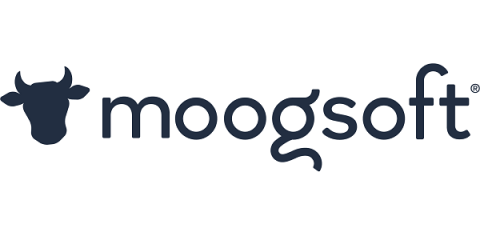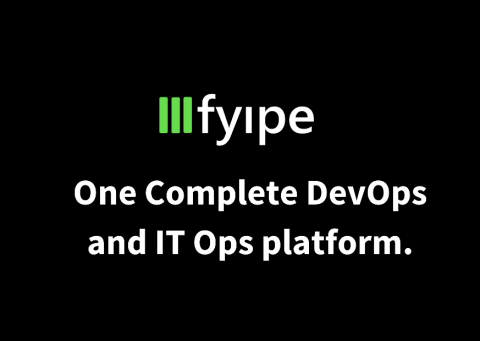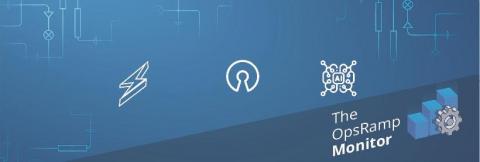Highlights from theCUBE: New Products Overview
During their time at theCUBE, some of our executives talk about what Data-to-Everything really means, and how our latest product releases help organizations bring data to more questions, decisions and actions. Here are their insights.










